BMW Art Guide by Independent Collectors
Rashid Al Khalifa
RAK ART FOUNDATION – Riffa, Bahrain
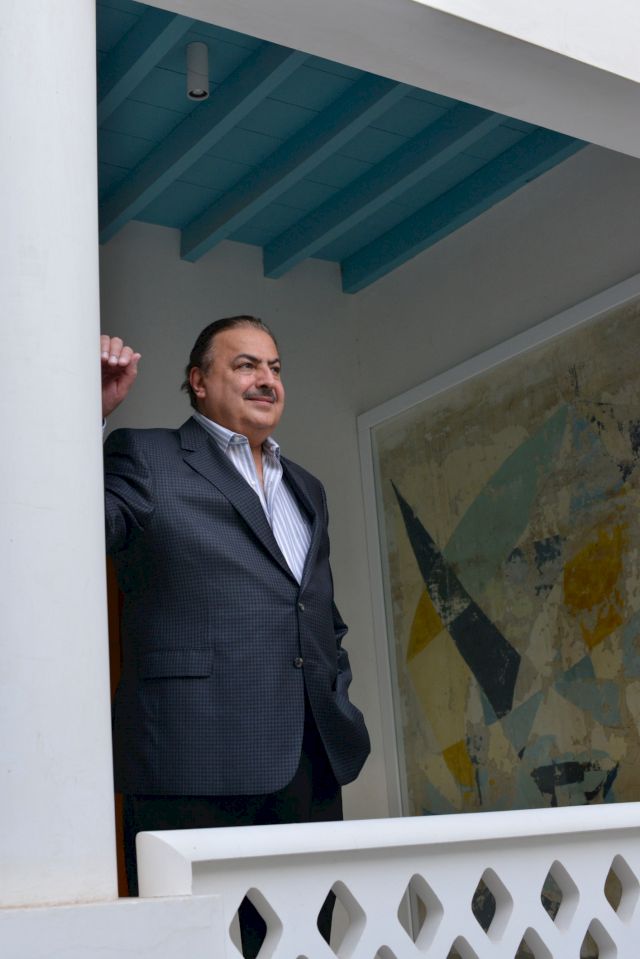
A non-profit organization, the RAK Art Foundation, is dedicated to empowering artists worldwide by providing opportunities; encouraging cross-cultural collaborations and exchange; and fostering international partnerships. The RAK Art Foundation seeks to engage the community and educate the public, offering a platform for critical discourse and social dialogue. Advocating the development of endeavors such as innovation and sustainability, the RAK Art Foundation believes in the necessity of such efforts in furthering change and progress.
The RAK Art Foundation Collection, exists within a converted traditional Bahraini House, the home where Rashid Al Khalifa was raised. Works by Frank Stella, Fernando Botero, Huguette Caland, Adam Henein, Manolo Valdes, Dia Azzawi, Lalla Essaydi, Mark Quinn, Farhad Moshiri, Juan Genoves, Mohammed Melehi, Gulay Semercioglu and Kenji Yoshida are a few examples of celebrated international artists featured in the RAK Foundation’s collection, which also boasts a significant number of works by emerging artists. Careful consideration is given to the placement of each piece and its positioning amid the surrounding architecture; the historical significance and design of each space, determines the selection of artwork to be exhibited, ensuring each work plays an integral role in the Foundation’s narrative.
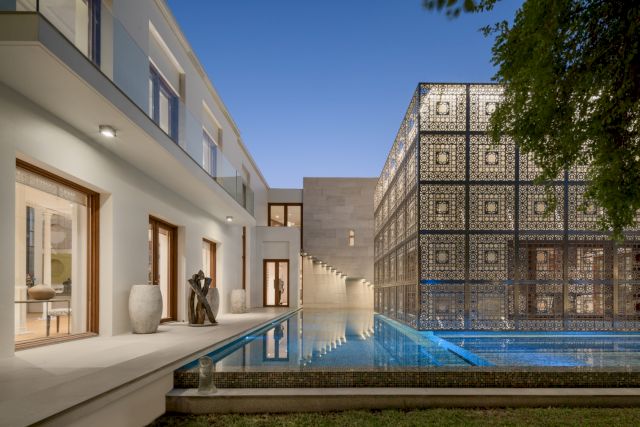
Recognized as the foremost patron of the arts in the Kingdom of Bahrain, Shaikh Rashid bin Khalifa Al Khalilfa was one of the first members of the Bahrain Arts Society which he helped establish in 1983, of which he was named honorary President. An avid art collector, with a noteworthy collection of Middle Eastern Art, Rashid Al Khalifa established a foundation in his name in 2020. Shaikh Rashid Al Khalifa was named Chairman of the Bahrain National Arts Council, when it was announced in 2021, by Royal Decree.
We interviewed him at the beginning of 2024 to find out more about his history and his relationship with art.

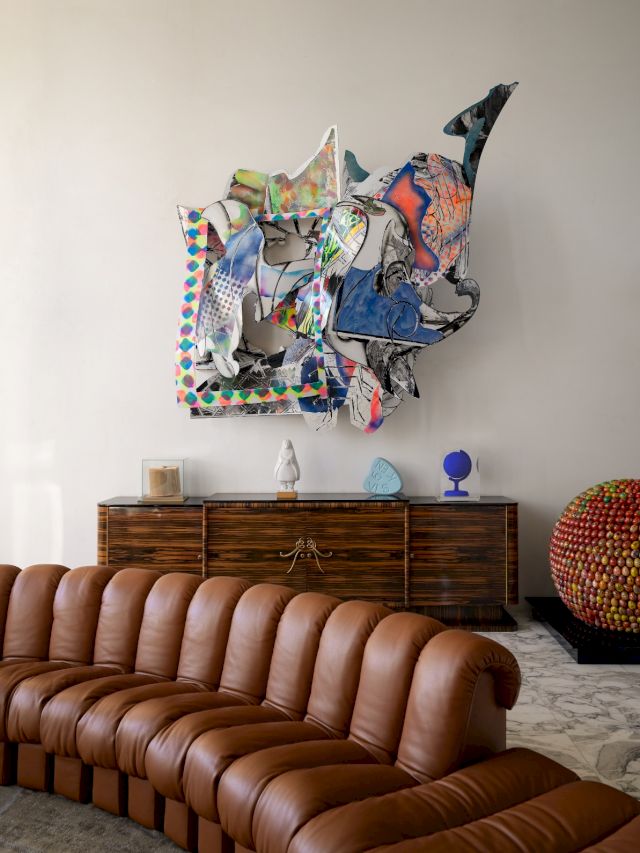
What inspired you to start a collection?
I have always been drawn to collecting art, antiques, interesting works of design and furniture. When I was in college, I bought a print by Henry Moore. I paid 600 pounds then. In those days, 600 pounds was a huge investment for a young new collector, but nevertheless, for some reason, I felt drawn to the piece as I loved the artist, and I understood its value. That was the first piece, that I purchased and from then on, I continued to collect, initially supporting my peers and other artists in Bahrain and the region. I eventually began purchasing works by other Middle Eastern artists and later International Contemporary art. It really was a gradual development, one that felt natural and not forced. Over the years, I started to shift my collection to the property, which is now the RAK Art Foundation and in 2020, I opened it to the public.
What comes with being defined as an art collector?
I think that there is a sense of responsibility towards society. It’s finding a balance between developing a cohesive collection, that your audience can relate to and that the public can appreciate (if it is a public collection) but also about making it personal, not just trying to appease the masses or to appear trendy. It’s important to educate the public, but also support artists, especially in a place like Bahrain where there are very few collections that are open to the public. Finding that balance can be very challenging but also an interesting process.

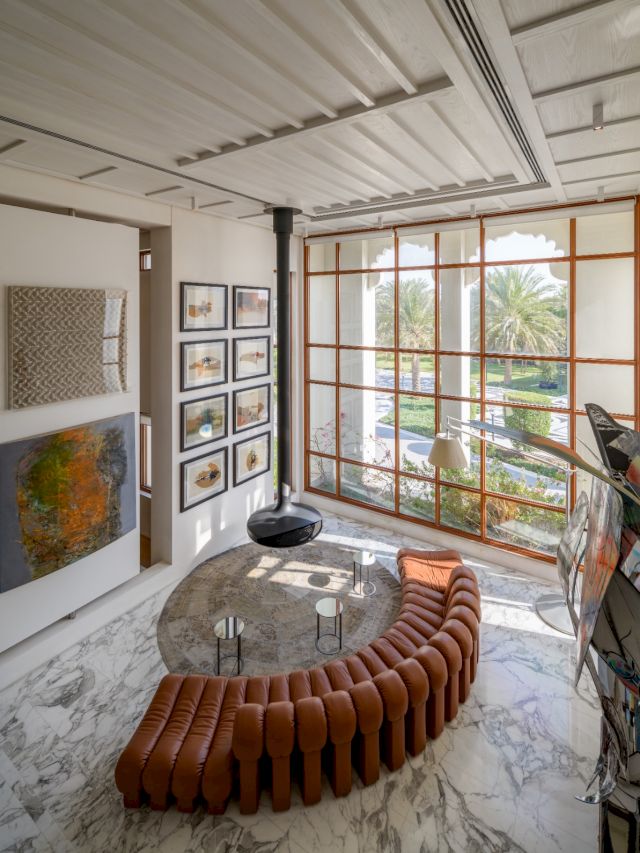

How has collecting changed your approach to art?
Yes, I am a collector, however, my focus and passion is my artistic practice, so my own art-making as well as that of others who inspire me. I enjoy collecting from other artists, either friends of mine or those who I want to encourage and be inspired by. I love Pierre Soulages very much, I have a small work of his, so my collecting is also about pieces that I want to live with. As an artist, I gain inspiration from the works that I collect, whether through the technique or materials that an artist has used, or through the concepts that they tackle. For instance, I find that I am so often drawn to collecting works that have a sense of symmetry and spatial awareness, and many of my most recent works as an artist, are about symmetry, geometry, and architecture.
Do you have a personal relationship with the artists you collect? And which artists are you currently following?
I collect several Middle Eastern artists that I know personally. As mentioned, I began collecting many works by my peers in Bahrain, in the 80s and 90s, many of whom were the founding members of the Bahrain Arts Society, which was established in the early 1980s.I also own works by a few longtime friends and artists from the Middle East, such as Farouk Hosny, Dr Ahmed Nawar, Asaad Arabi and Dia Azzawi. Works by friends Serwan Baran and Bahram Hajou, are also in my collection.


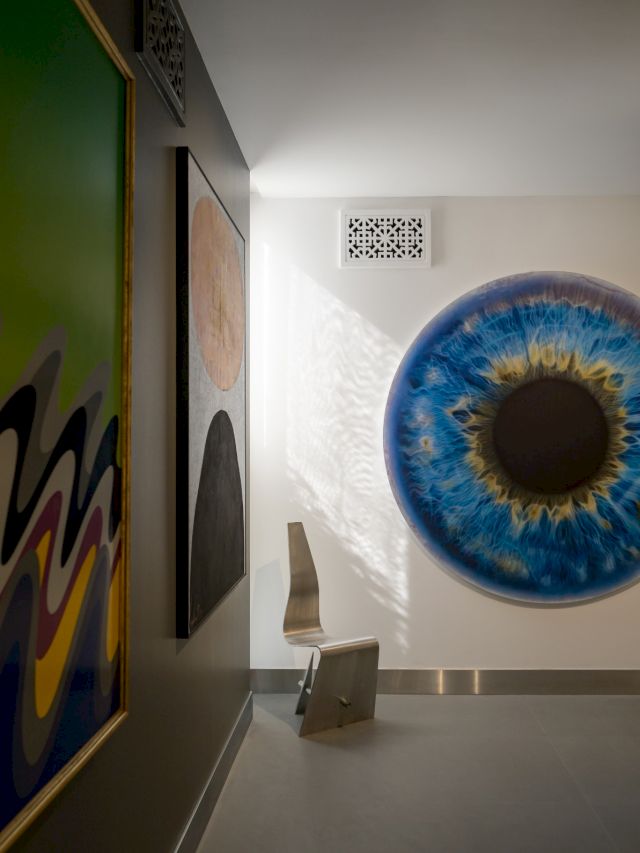
What’s your view on separating artworks from the artist?
I think that separating artworks from the artist does a disservice to the artist and the work. Art is personal, whether we like it or not, and is a reflection of the the artist, whether they are conscious of it, or not.

The image rights and Courtesy belong to the RAK Art Foundation.